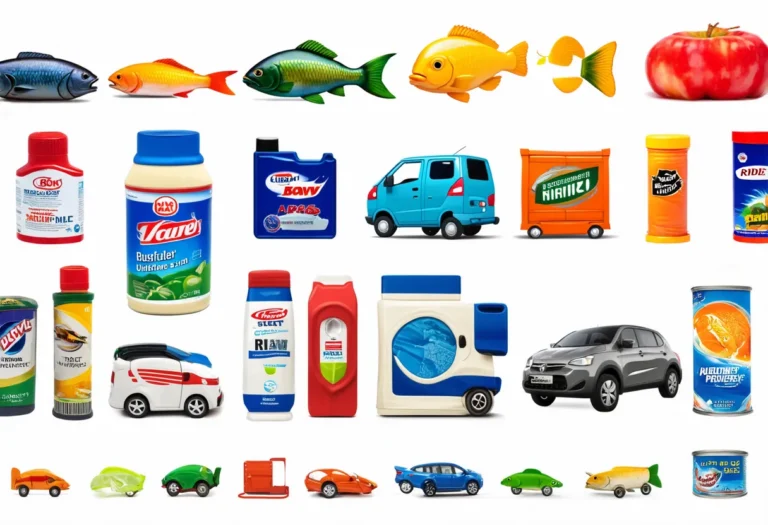Uzbekistan, with a population of 35,648,100, is ranked 41st in the world, just behind Saudi Arabia. Located in Central Asia, it spans 448,924 square kilometers, ranking 56th globally, right after Papua New Guinea.
In 2022, Uzbekistan’s economy stands at a GDP of $80,391,853,887.40, ranking 71st globally. It follows Luxembourg, with a GDP of $81,641,807,865.76. The GDP per capita in Uzbekistan is $2,255.15, placing it at 143rd worldwide.
It lags behind Nicaragua, with a GDP per capita of $2,255.43. Uzbekistan’s economic position reflects steady growth and development, with potential for further advancement in various sectors to enhance its global standing.
What are the economic activities of Uzbekistan?
- Primary activities: 17.9% of GDP.
- Secondary activities: 33.7% of GDP.
- Tertiary activities: 48.5% of GDP.

Primary Sector of Uzbekistan
Uzbekistan’s primary sector, dominated by agriculture, thrives due to its diverse climate and abundant natural resources. With 58.3% of the land dedicated to agriculture, the country produces a variety of crops and animal products, including milk, wheat, carrots/turnips, cotton, potatoes, tomatoes, grapes, vegetables, watermelons, and apples.
Despite contributing 17.9% to the GDP, agriculture plays a crucial role in the economy, providing sustenance and livelihoods. The sector’s significance lies in the wide range of products it offers, ensuring food security and economic stability.
The country boasts diverse geological formations, enabling a rich array of natural resources. Its primary sector thrives on abundant reserves of natural gas, petroleum, coal, gold, uranium, silver, copper, lead, zinc, tungsten, and molybdenum. These resources play a pivotal role in driving the economy and shaping various industries.
Uzbekistan’s oil economic activity is significant, with a daily production of around 5,090 barrels. Despite ranking 60th globally, the country’s oil reserves of 594,000,000 barrels represent only 0.04% of the world’s total reserves.
Uzbekistan’s gas production of 51 billion m³ in 2020 secures its position as the 16th largest natural gas producer globally.
Secondary Sector of Uzbekistan
What is the secondary sector or what are secondary activities?
The secondary sector comprises industries that transform raw materials from primary activities into finished products for consumption. In Uzbekistan, main industrial products include textiles, food processing, machine building, metallurgy, hydrocarbon extraction, and chemicals. These industries play a crucial role in the country’s economy by producing goods for domestic use and export.
Manufactures in Uzbekistan’s total exports account for 39.79% in 2023, indicating their significance in driving the country’s economy and global trade relations.
Tertiary sector of Uzbekistan
What is the tertiary sector or what are tertiary activities?
The tertiary sector in Uzbekistan encompasses a wide range of services that contribute to the economy through knowledge and time. This sector involves intangible goods such as attention, advice, and expertise, catering to both consumer and business needs. The main tertiary activities in Uzbekistan include healthcare and medical care, education and training, banking and finance, communication and information exchange, tourism and hospitality, transportation and logistics, and security and protection. These services play a crucial role in enhancing productivity, performance, and meeting the diverse needs of the population.
Highlighting these, Uzbekistan’s tourism plays a vital role in its economy, contributing significantly to its GDP. With an impressive 6,749,000 annual arrivals, the industry thrives. Popular destinations include the historical cities of Samarkand and Bukhara, renowned for their architectural marvels. With a tourist arrivals-to-population ratio of 0.1893, Uzbekistan’s cultural richness continues to attract visitors globally.
Another example of tertiary economic activity is the mobile cellular economic sector, with approximately 35.7 million subscriptions, supporting technological growth by enhancing connectivity and fostering digital innovation across various industries.
Biggest company in Uzbekistan
Which is the biggest company in Uzbekistan? The largest company is Apple, a leading player in the technology industry. With a market value of approximately 2640.32 billion USD, Apple operates in the tertiary sector. It was founded in 1976, revolutionizing tech products.
International Trade of Uzbekistan
Import Activities of Uzbekistan

The import activities of Uzbekistan are of high importance, with imports amounting to 44.31% of GDP in 2023, totaling $3.56 billion.
Uzbekistan’s major import activities include vehicle parts/accessories, packaged medicine, cars, wheat, and refined petroleum. Its top import partners are China (24%), Russia (19%), Kazakhstan (12%), South Korea (8%), and Turkey (6%).
Exports Activities of Uzbekistan

In Uzbekistan, with exports totaling $21.92 billion in 2023, accounting for 27.27% of GDP, export activities play a medium to high importance role in driving economic growth and stability.
Uzbekistan’s export activities are diverse, with top partners being Switzerland, Russia, China, Turkey, and Kazakhstan. Key commodities include gold, cotton yarn, garments, natural gas, and refined copper.
Uzbekistan economy challenges in 2024
In 2024, Uzbekistan faces challenges with increasing poverty despite positive growth. As a lower middle-income economy, it relies on natural gas, cotton, and gold exports. Being landlocked and environmentally fragile adds to its struggles. The country is not part of the EAEU and aims to maintain its position in the CIS Free Trade Area.




Leave a Reply